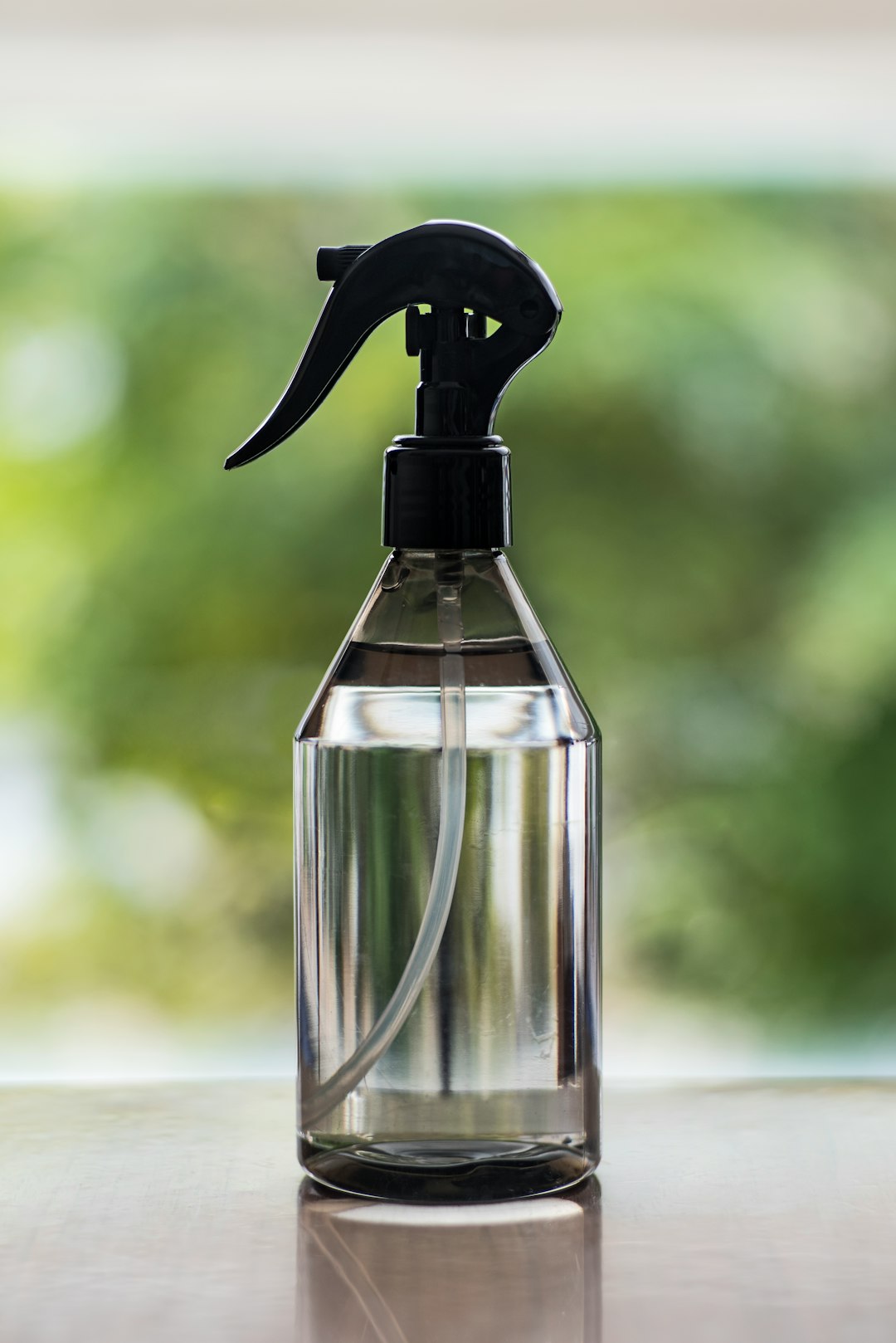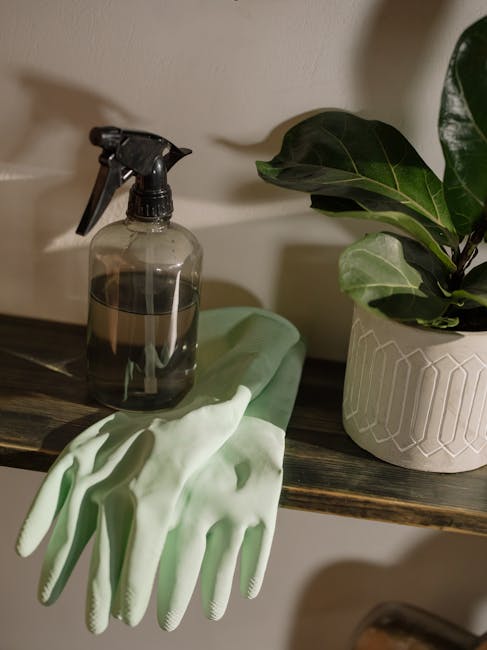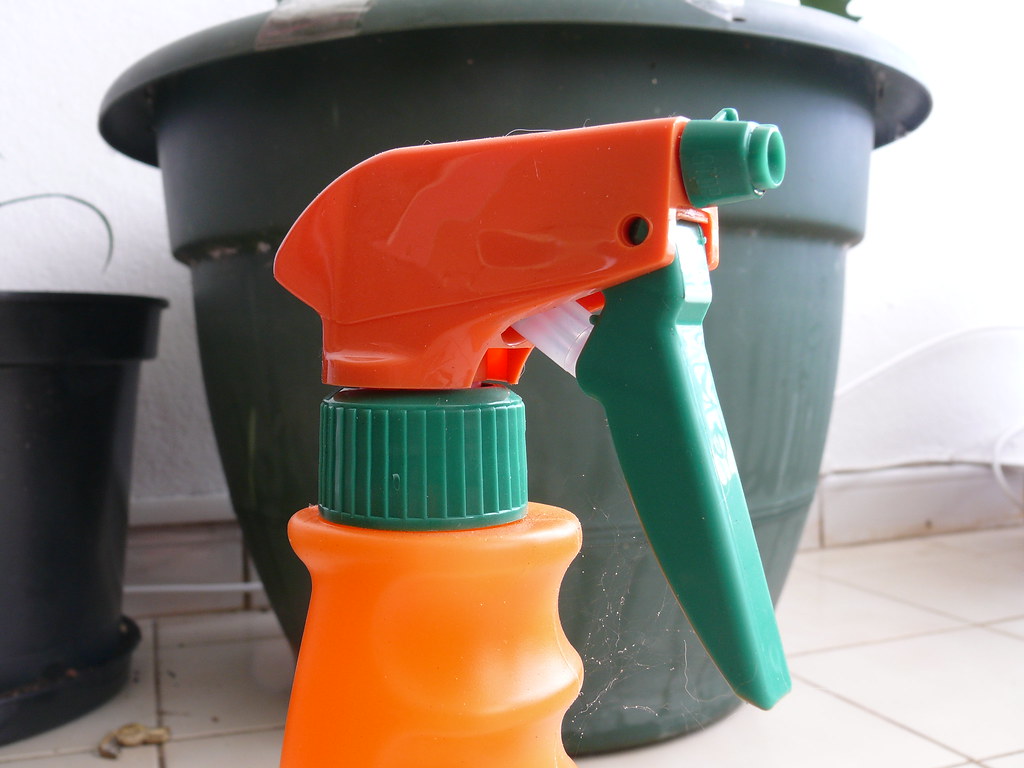
Reaching for your spray bottle only to find that it isn't working as expected can be frustrating. The issues that plague these handy tools range from a blocked nozzle, damaged seals, tube damage to malfunctions in the pumping action. This article covers everything you need to know about troubleshooting and fixing common spray bottle issues.

A spray bottle's operation relies on a piston, tube, and nozzle. When you depress the pistol or trigger, it moves the piston which creates pressure in the tube. Then the liquid is sprayed out through the nozzle. Simple as it sounds, subtle faults in this mechanism can impair the spray bottle's function. So how does one solve such problems?
When exploring the issues that your spray bottle might have, start by visually inspecting. Look at the trigger pressure, check the tube to ensure it’s fully immersed and properly functioning, and check for any blockages in the mechanism. Understand what each problem looks like:
Blocked nozzles are a common problem in spray bottles. This could either be due to the adjustment cap being wrongly set or an obstruction. Such an issue can be sorted with simple home remedies like flushing the nozzle with hot water or using a vinegar solution. Vinegar, being acidic, can dissolve obstructions depending on the nature of what’s causing the blockage.

If you changed the nozzle and still face the problem, you should check further. There are more intricate parts of spray bottles that can also cause problems, such as the piston, spring, or seal. In some instances, a diluted cleaning solution like vinegar/water can potentially damage these parts or interfere with the lubrication, impeding the normal workings of the spray bottle.
A common issue that might prevent liquid from being sucked up is a hole or tear in the tube. In some cases, sinking the tube deeper into the bottle could solve the problem if the tube was improperly immersed. However, if the tube has a hole or tear, you could either try cutting the affected portion of the tube or replace it if it's unsalvageable.
Little precautions can be taken to prevent your spray bottle from developing faults. Keeping the nozzle clean, storing your spray bottles with their caps on, and using smaller-sized bottles if they aren't frequently used helps prevent dust accumulation, humidity impact, and product hardening on the nozzle.
If you're attempting DIY remedies to fix your spray bottle and have any questions, there are online platforms where you can ask for advice. r/HowTo on Reddit, for instance, is a place to learn how to do virtually anything yourself. You can ask about everything ranging from starting a podcast to fixing your spray bottle. The subreddit's community members can offer guidance and assistance. This interactive platform allows you to ask questions and get tailored advice.
There are a variety of issues you may face when dealing with spray bottles. Even replacing parts like the handle or sprayer does not guarantee the problem won't reoccur. Understanding the operation and maintenance of the spray bottle is key. Regular checks and preventive measures could save you the trouble of encountering these issues.
Have you ever experienced common problems with spray bottles? What are your preventive measures? Share your thoughts and experiences in the comments section and stay tuned for more handy tips and tricks.
